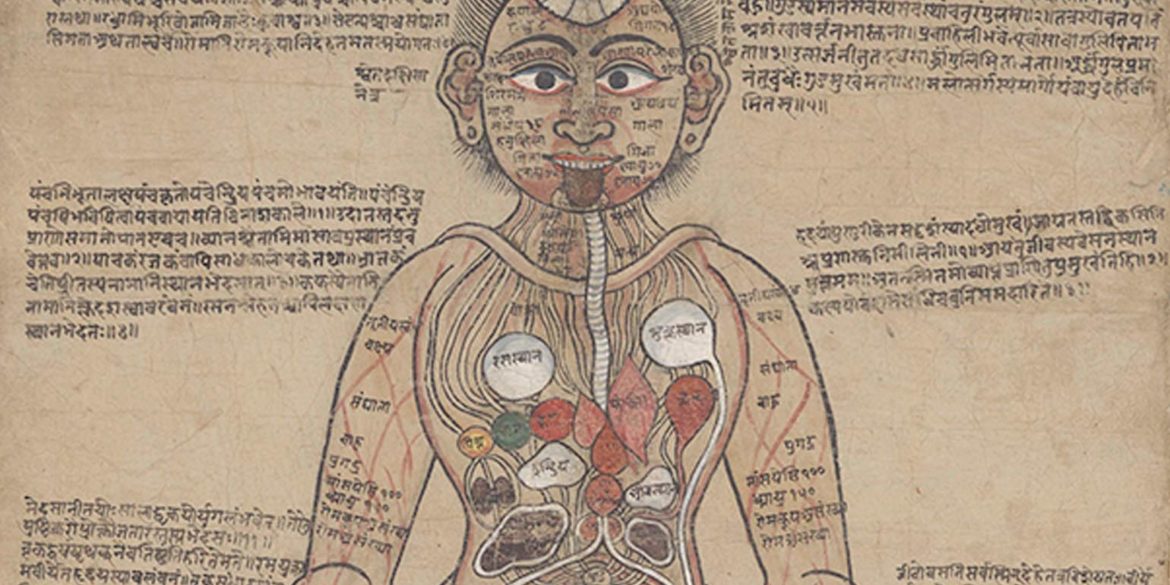Some “dawa daaru”?
Medicine Corner is back with an array of activities planned around various cities in India. Medicine Corner, is an initiative supported by Wellcome Collection, the public cultural venue in London of the Wellcome Trust, which collates and celebrates the pluralism of medicine practices in India. India, with its various methods and beliefs, has a rich history of “alternate”, or let’s call it, the lesser-known, local or traditional practices of healing and medicine.
This January, after a year of research, Medicine Corner is hosting an exhibition called Tabiyat: Medicine and Healing in India, at Chhatrapati Shivaji Maharaj Vastu Sangrahalaya (CSMVS), Mumbai from 12 January to 28 March 2016.





Tabiyat is the centrepiece of Medicine Corner. The exhibition explores the history of traditional and modern medicinal practices in India through an array of mediums, rare antiquities, peculiar sculptures, textiles, old manuscripts, and a walk through some intimate items, such as foot scrubbers and combs, bringing a whole new imagery to medicine in India.
Objects from different sources, domestic utensils, oil paintings, drawings, prints, photographs, plaques and board games, including a snakes and ladders board from the late 18th century – the game has Indian roots, displayed in one place, will make you feel like a wide-eyed kid wandering through a street full of trinkets; peeking into the treasure hunt that Medicine Corner must have been.





And of course, Tabiyat also takes visitors through the spiritual healing and belief systems in India, practiced in the homes, on the streets, in clinics, in groups and in nooks and crannies of our cities.
In curatorial dialogue with Tabiyat is an exhibition at Akar Prakar Gallery in Kolkata: Jeevanchakra, which strings the life cycle of the human body and its contact with medical practice into a poetic flow, through photographs, video, paintings and multi-media installations by leading contemporary Indian artists.


The British Council in New Delhi, will also host a workshop and live performance by BLOT! who were commissioned by the Wellcome Collection to create this video to launch Medicine Corner earlier this year in Chennai. Their research has led to a larger project, Trick or Treat? which uses media arts to examine India’s vast parallel health system of informal practices such as street dentistry. In wry, playful but insightful ways, BLOT! raises momentous issues of access, affordability and equity.
Across these cities and across different cultural forms, Medicine Corner addresses collisions such as those between ancient and modern, formal and informal, Indian and imported. The programme complements the way in which Wellcome Collection uses art and exhib



itions in order to draw connections between understanding oneself, one’s civilisation and humanity.
Read more about the Medicine Corner here or visit their website. Keep up with what they’re upto in your city and visit their exhibits in Jan!

